Current
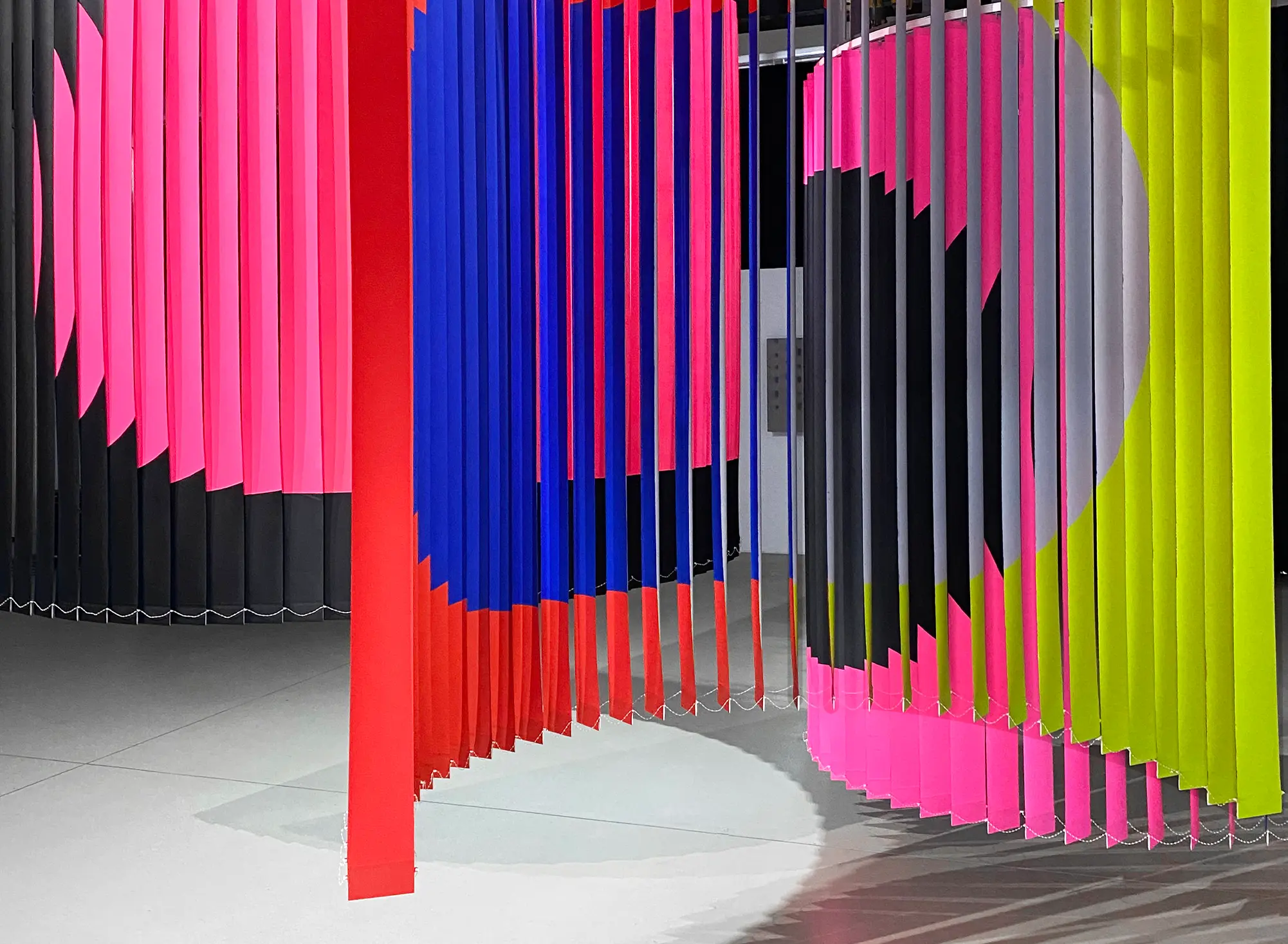
Alexander Deubl
Duality
March 15—April 27, 2024
In his sculptural works, Alexander Deubl explores and interprets the energy of urban spaces. Working with diverse environments, ranging from office buildings to strip clubs and elevator shafts, Deubl creates both minimalist objects and expansive installations in response to the unique character of each site. He particularly focuses on the interplay of light, color, and space, examining their appearance and perceptual effects under varying material conditions.
“Duality” is Alexander Deubl’s first solo exhibition with the gallery, highlighting two central series in his work: the panel blinds installations and the light objects. Specifically conceived for the exhibition at Galerie Siedlarek, the artist has created the installation “Stratorama Frankfurt”: a stratographic large-scale diorama that transforms the front exhibition space into a walkable kinetic stage. For this work, Deubl used the panel blinds of window curtains taken from abandoned office buildings and painted them with fluorescent acrylic paints. Performing a geometric dance, the luminous colors on the panels generate a kaleidoscope of scenes and spaces throughout the day, with the incoming light creating additional effects, shapes, and shadows. While the original window curtain was utilised to partition spaces into a clear foreground and background, indoors and outdoors, in Deubl’s installation, the curtain itself is turned into an event that challenges our perception of space, light, and color.
The LED objects in the cabinet room draw us into the neo-romantic spheres of modern nightlife. They are conceptually inspired by Roland Barthes essay “Strip-tease” from the collection “Mythologies” (1956). In his essay, the French theorist deals with the deconstruction of the striptease and its cultural significance. Deubl‘s mirrored light objects seduce us with the globalised symbols of money (dollar sign), love (heart), and fate (star), which perform a hypnotic dance before our eyes. The large-scale work “Tell me, do you want me to do the Shimmy again?” entices us with the lyric from Tina Turner’s “Private Dancer,” whilst the reflected image of the viewer in the mirror leaves us questioning, who is actually dancing for whom — who is subject and who is object. Deubl’s mirror constructions open up ambivalent spaces of longing, which simultaneously confront us with our individual dreams and socio-economic constraints — and can thus also be read as a critical commentary on the conditions of the art market.
Press release — German
Press release — Englisch
Past
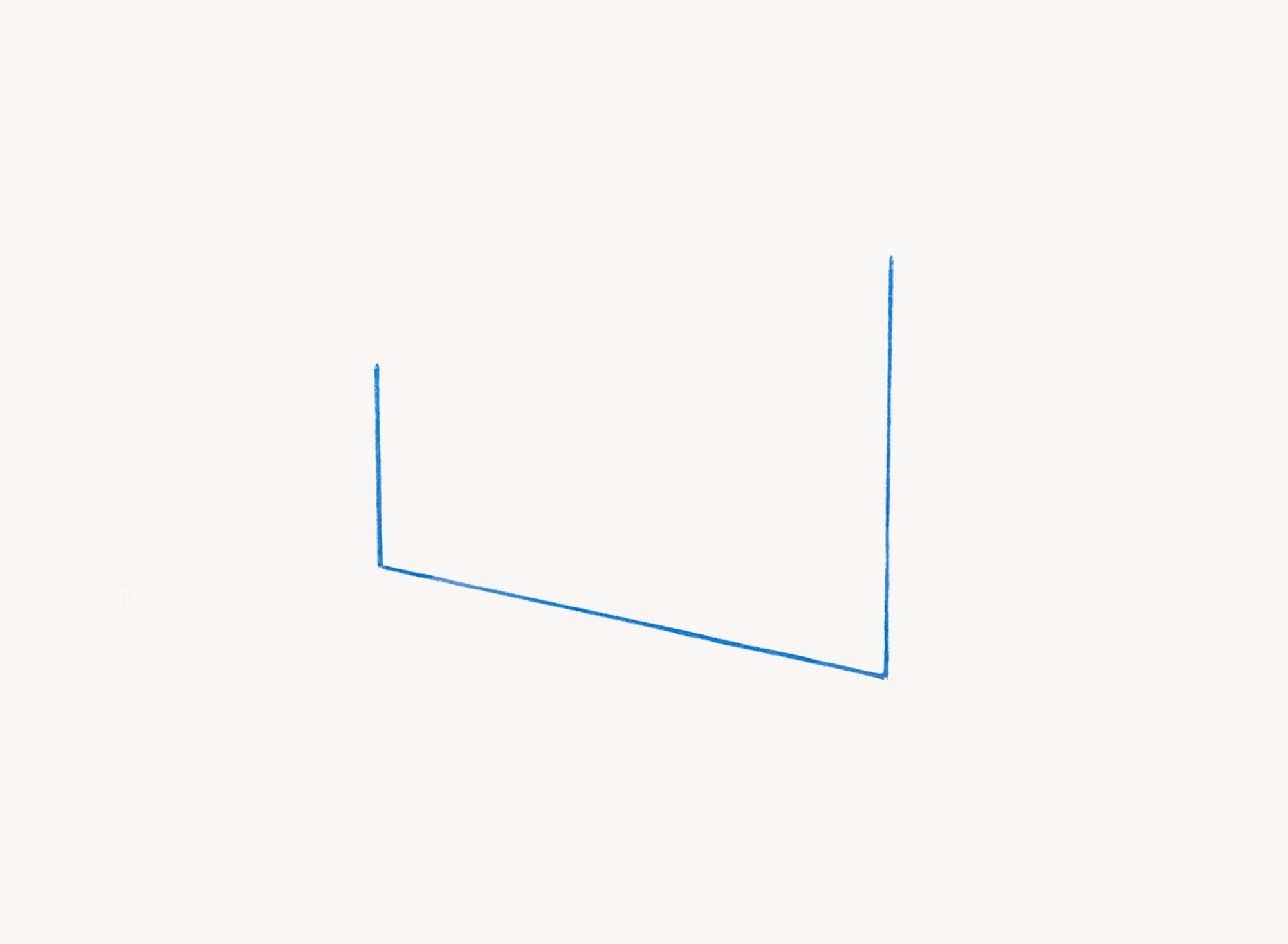
Fred Sandback
Works on Paper
January 26—March 2, 2024
The exhibition presents a survey of Fred Sandback’s graphic works made between 1972 and 1984, providing unique insight into the relationship between three-dimensional situations and two-dimensional paper in his work.
Minimalist sculptor Fred Sandback was born in 1943 in Bronxville, New York. After receiving a B.A. in philosophy at Yale University, he studied sculpture at Yale School of Art and Architecture. Beginning in the 1960s Sandback created what he called “drawings in space”: large-scale yet barely visible sculptures rendered from colored yarn or elastic cord, inscribed in the volume of a specific interior at a given point in time. With subtle precision and an extreme economy of means, he created iconic sculptural installations that create striking perceptual effects in response to the surrounding architecture.
Throughout the 1970s and 1980s, Sandback translated his spatial ideas from three to two dimensions using the visual and technical capabilities unique to printmaking. Apparent iterations of his sculptures, Sandback’s graphic works draw particular attention to the concept of the line itself and its unique potential in relation to space. Beyond its geometric function, Sandback emphasized that a line represents “a whole, an identity, for a particular place and time,” a distinct entity that “mediates the quality or timbre of a situation.”
Fred Sandback’s work has been presented internationally in numerous solo-exhibitions, most recently at Hamburger Bahnhof, Berlin, in 2023. His work is represented in major public collections, including the Art Institute of Chicago; British Museum, London; Centre Georges Pompidou, Paris; Fonds national d’art contemporain, Paris; Israel Museum, Jerusalem; Los Angeles County Museum of Art; Museum für Moderne Kunst, Frankfurt; The Museum of Modern Art, New York; National Gallery of Art, Washington, DC; Pinakothek der Moderne, Munich; Solomon R. Guggenheim Museum, New York; Whitney Museum of American Art. Sandback died in New York City in 2003.
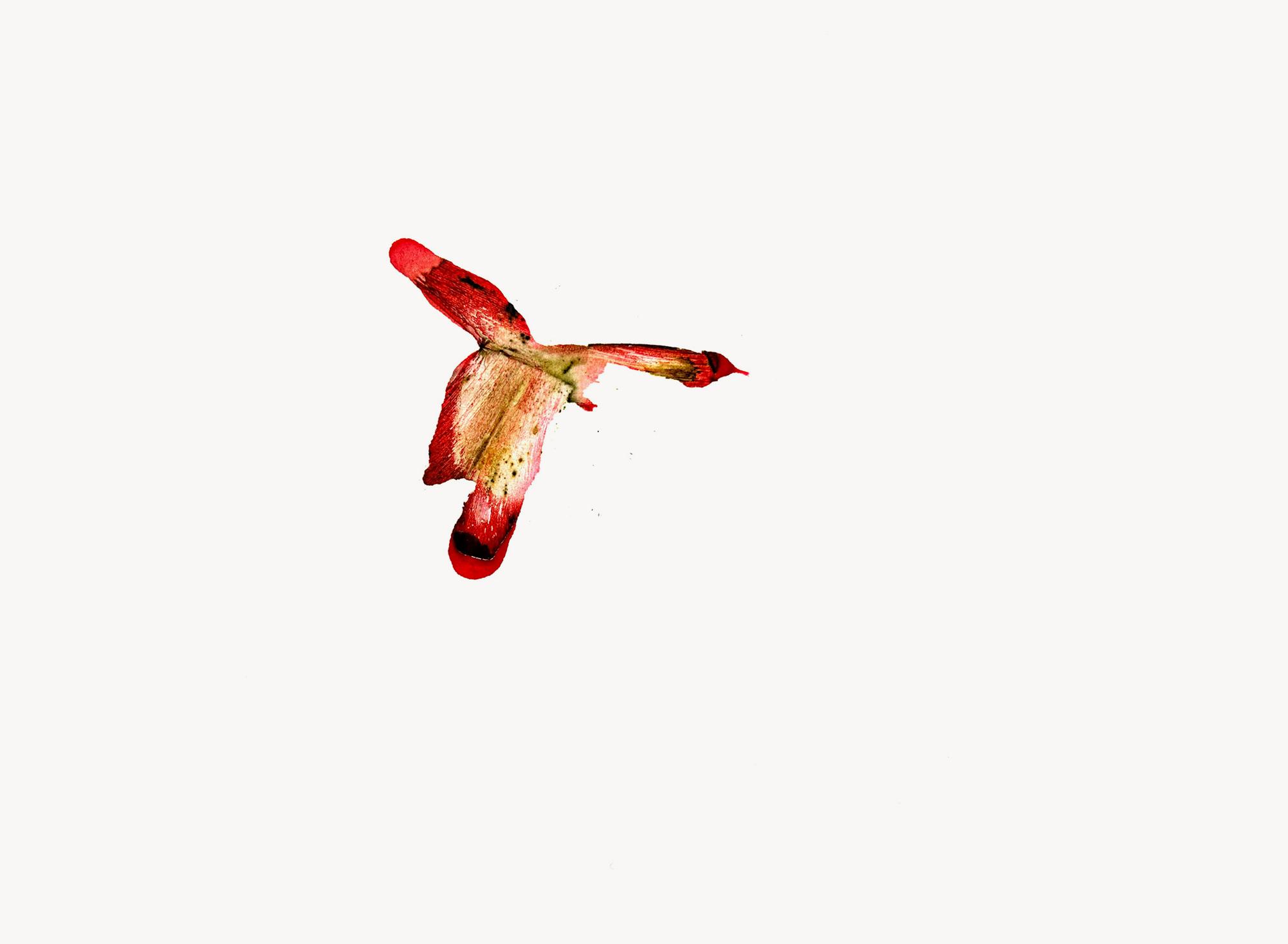
Myriam Beltz
Schwerkraft und Gnade
November 3, 2023—January 6, 2024
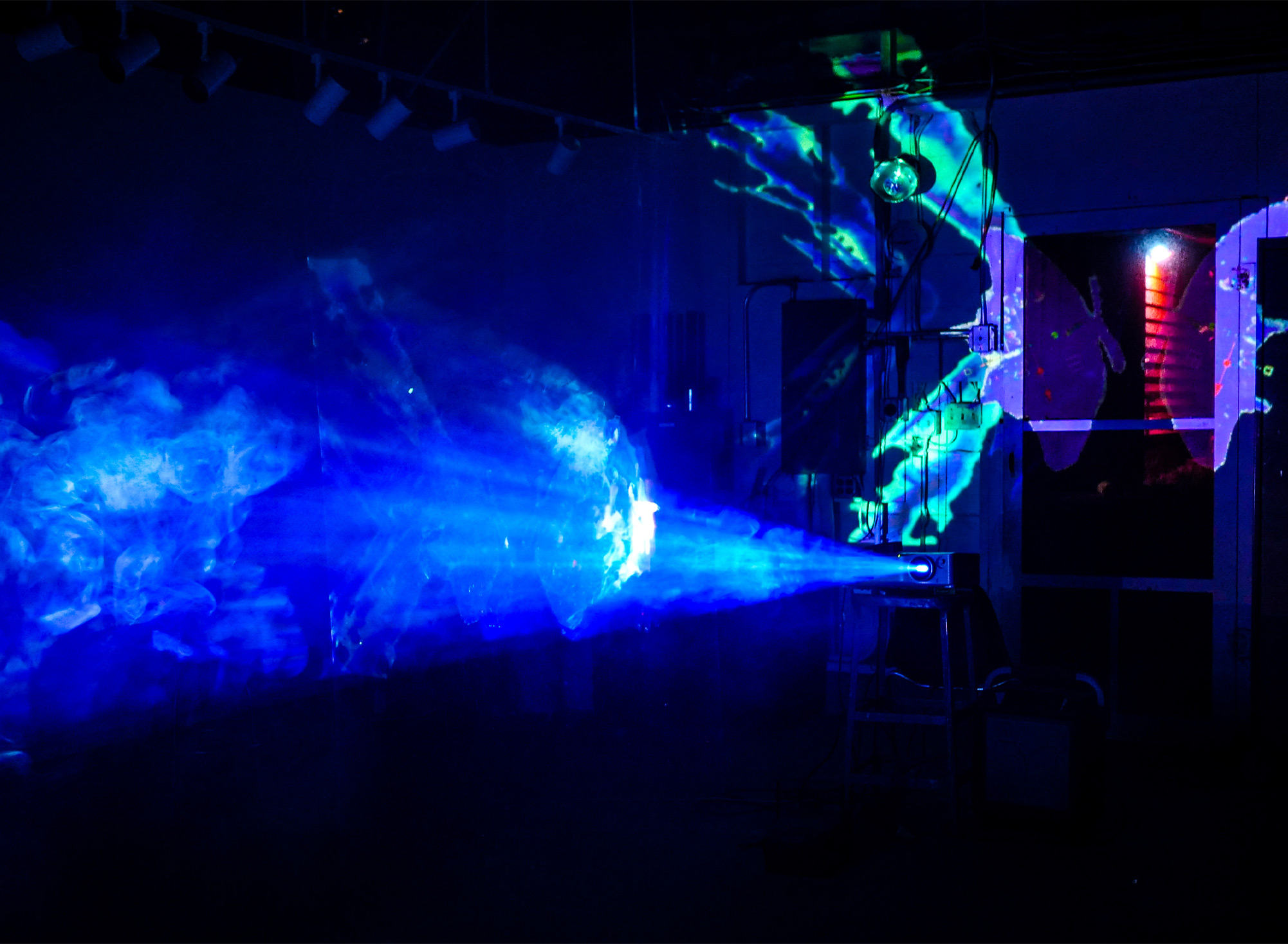
Mia Rollins
Dreams Like Cherenkov
September 8—October 28, 2023
Mia Rollins’ work examines the liminal spaces between the physical and virtual, science and magic, the technological and the human, and memory and imagination. Their practice incorporates archival and investigative video and animation, as well as new media technologies, such as photogrammetry and GPT-3 language modeling, into large-scale video/audio installations, investigating our individual relationships with current radical shifts in digital technology and scientific fields.
Rollins explores phenomena such as virtual reality, artificial intelligence, and aspects of astro, particle and quantum physics, proposing through them metaphors for metaphysical aspects of the human experience, such as memory, dreams, loss and love. They extrapolate these connections to imagine a sort of posthuman humanism. Rollins’ projects employ various digital fabrication techniques, including scanning, 3D printing, and projection mapping. They combine these techniques with new media and practical projection effects, using their experiments to investigate the divide between the physical and digital, examining memory and loss and exploring new interpretations through notions of the glitch, degeneration and resurrection. The audio components of their works largely draw from personal, historical, and scientific archival material, adopting mixing and sampling techniques to examine how entertainment media and science culture become entangled with our notions of ourselves, our relationships with technology, and our communication with others.
The artist’s research is driven by these questions: How can we express and embrace our entanglements with the rest of the universe? What is lost in the voids between the physical, digital, and spiritual? How do we define what is ‘human’ and how might we encapsulate the ‘human’ experience in other media and forms? How might we communicate through media and form notions of love, grief, and hope across differences, species, or even across planets? How can we grieve what cannot be encapsulated, that which we cannot understand, or that which is lost in translation? And how do we find beauty, even opportunity, in our own inherent entropy?
Mia Rollins’ solo presentation, 'Dreams Like Cherenkov,' showcases three of the artist’s recent installations. The exhibition marks Rollins’ debut in Germany.

Jennifer Bannert
Burn On
July 7—August 26, 2023
Galerie Siedlarek is pleased to announce “Burn On,” a solo exhibition by Frankfurt-based artist Jennifer Bannert. This will be the artist’s first exhibition with the gallery.
The exhibition spotlights a selection of paintings and photographs, including pieces created between 2019 and 2022, as well as new works made during the artist‘s recent three-month residency in Los Angeles, California.
Bannert’s work is characterized by abstract depictions of natural phenomena that expand the potential of representing light beyond its conventional territories. The works on view illustrate how the artist dovetails vibrant colors, reflective aluminum surfaces, and natural light in order to emphasize fleeting atmospheric situations. Her exploration of the sensory effects of light informs both the UV-printed photographs and paintings made on metal surfaces, replete with light, often left clear of paint at the brightest spots, as well as canvases with opaque moonlit representations of the star-filled sky.
Drawing inspiration from the artists of 19th-century Romanticism and the legacy of American post-war abstraction, Bannert seeks to formulate a more contemporary treatment of nature. Rather than adhering to the fixed traditions of composing landscapes for the pleasure of the viewer, Bannert deploys abstract visuality to obscure clarity of vision. As a result, her works elude clear comprehension of depth, beginnings, or ends, as a way to eschew the subjection of the image to the spectator. What adds to this experience is the lack of one clear viewpoint from which her work can be observed. In this sense, the ethereal effects of the shimmering light only reveal themselves with each shift of the spectator’s point of view, further contributing to the inability to fully grasp the image.
By weaving the effects of entropy, tension and uncertainty, and drawing the viewer in a play of perceptions, the artist implies that nature is not an opposite sphere, but a place both heavily impacted by and pressingly relevant for human existence. Influenced by her considerations of the effects of climate change, Bannert explores what constitutes the concept of the sublime today. The term was historically associated with the experience of astonishment over nature’s beauty and its overwhelming potentials, grasped from a safe distance. Bannert‘s works dissolve all distance, evoking simultaneously a sense of awe and a sense of losing control. In this way, the artist renders landscape a contemporary artistic concern par excellence.
Borrowing a term from the field of psychology that refers to the uninterrupted continuation of everyday life despite the evidence of burnout, the exhibition title encapsulates reflections on the relationship between men and nature that underlie Bannert’s practice and urges the viewers to assess their role in evolving natural processes.
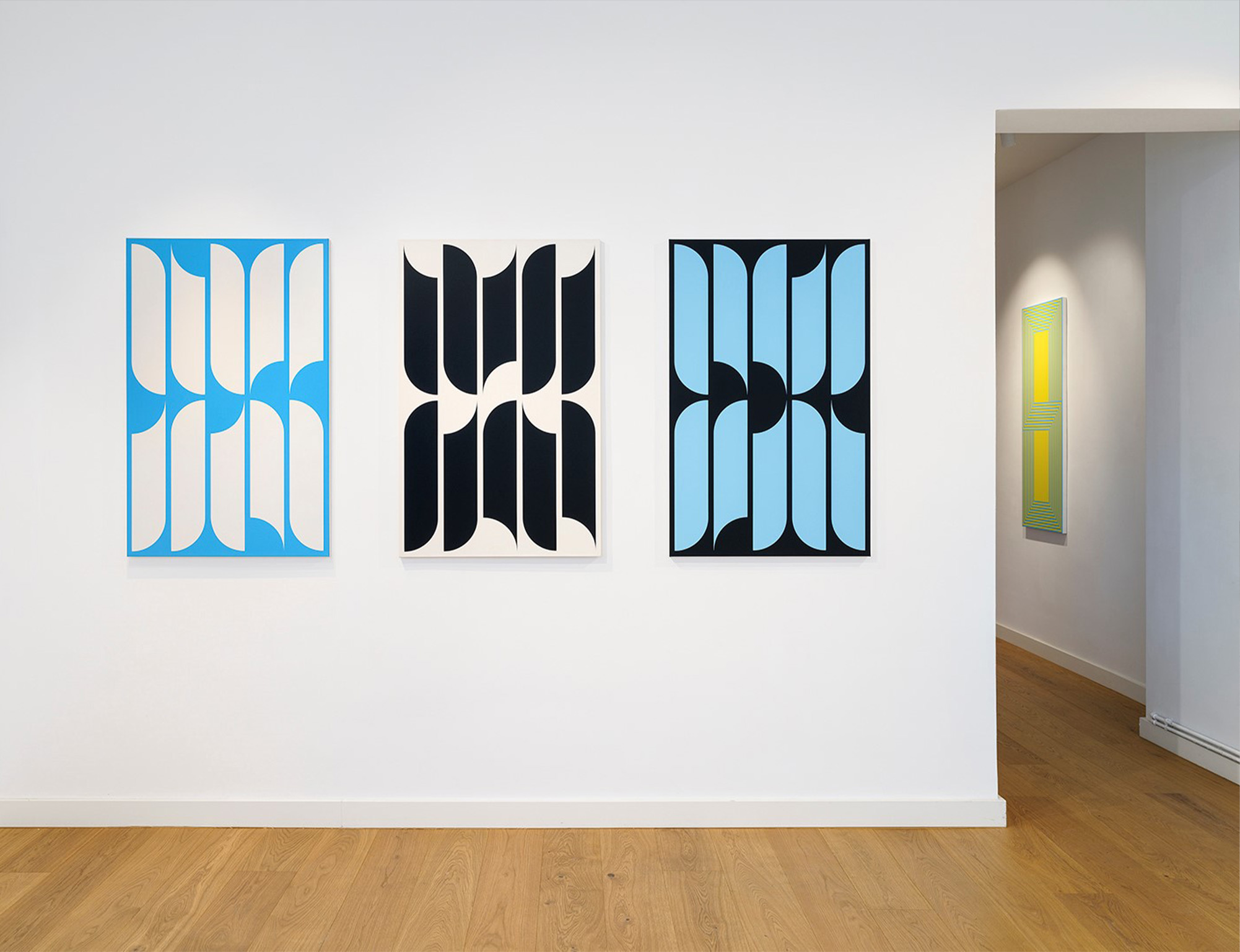
Jan van der Ploeg
May 12—June 25, 2023
Galerie Siedlarek is pleased to present Jan van der Ploeg in his first solo exhibition in Frankfurt.
Jan van der Ploeg‘s work expands the boundaries of contemporary geometric abstraction, bridging painting, design, and architecture. He develops his paintings simultaneously on canvas, paper, and expansive murals, seamlessly crossing boundaries between these mediums.
Van der Ploeg‘s paintings merge image, space, wall, and architecture into a unified sphere through the medium of color and form, extending into public space. His approach is rooted in early 20th-century movements, most notably De Stijl and Bauhaus, which first proposed ideas of a universal visual language applicable across creative disciplines. Their ethos, uniting art and life, is carried into the present and further developed in van der Ploeg‘s practice. Van der Ploeg‘s concrete hard-edge paintings feature geometric monochrome shapes and patterns in vibrant color arrangements, drawing inspiration from diverse cultural sources such as Italian Renaissance architecture, Maori weaving, and Islamic tile design.
His modular compositions, characterized by their rhythmic sequences of repetition and variation, draw from post-war Minimalism and Conceptual Art. However, they blend a fascination with geometric principles with perceptual engagement and a sense of dynamism. „The impact of van der Ploeg´s paintings“, curator Michelle Grabner observes, „is located at the intersection of sensation and thought, between the work`s graphic visual impact and its conceptual underpinnings.“ Despite van der Ploeg‘s anti-narrative approach, the abstract shapes in his work often evoke associations akin to signs or symbols. Certain shapes reoccur throughout his oeuvre, reiterated in a variety of contexts, on both canvases and wall paintings. These become distinctively recognizable abstract motifs, subtly acknowledging Richard Artschwager‘s ‚blps,‘ while also resonating with contemporary graffiti and street art tags.
Van der Ploeg‘s canvas and paper works are conceptual, meticulously crafted, and flawless in their execution. Using stencils and acrylic paints mixed with special varnishes, he creates highly artificial surfaces of color and form that lack the secondary characteristics typically associated with classical painting, such as brushwork, paint application and irregularities.As a result, his wall works, despite their visual density, appear almost immaterial, like thoughts condensed in space. Despite being tied to the canvas, van der Ploeg‘s paintings seem to transcend painting itself.
In his wall paintings, Jan van der Ploeg extends his approach to geometric abstraction into space and architecture. Over the past 30 years, he has created more than five hundred sitespecific murals in museums, galleries, corporations, public, and private spaces worldwide. These compelling interventions, temporary or permanent, respond to the specific conditions and functions of a given architectural space. His wall paintings typically engage and activate the full height and width of a wall, with works extending to fill entire rooms, span multiple rooms or floors, or scale stairwells. The entirety of the painting´s dynamics are always greater than the architecture that supports them. Image, plane, and architecture merge into a geometric vortex that captures and focuses the viewer‘s perception, immersing them in the pulsating rhythm of forms, colors, and structures.
The exhibition includes new works on canvas and paper, as well as a mural specifically designed by Jan van der Ploeg for the gallery‘s outdoor space. It will be presented at the exhibition opening on May 12.
Jan van der Ploeg — Bio
Jan van der Ploeg — CV
Press release — German
Press release — Englisch
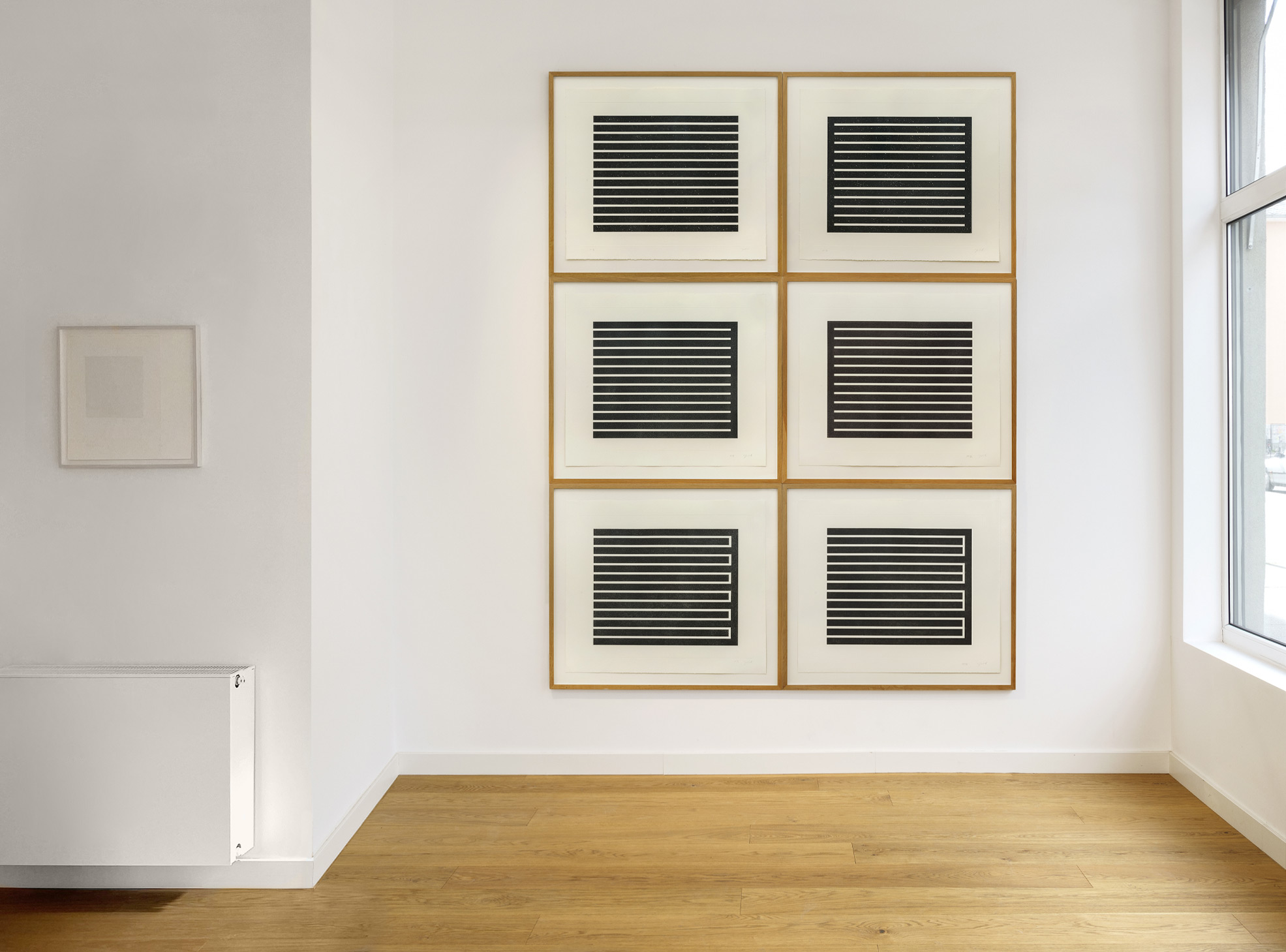
Accrochage
March 17—Mai 5, 2023
The group exhibition features new acquisitions and artists of the gallery.
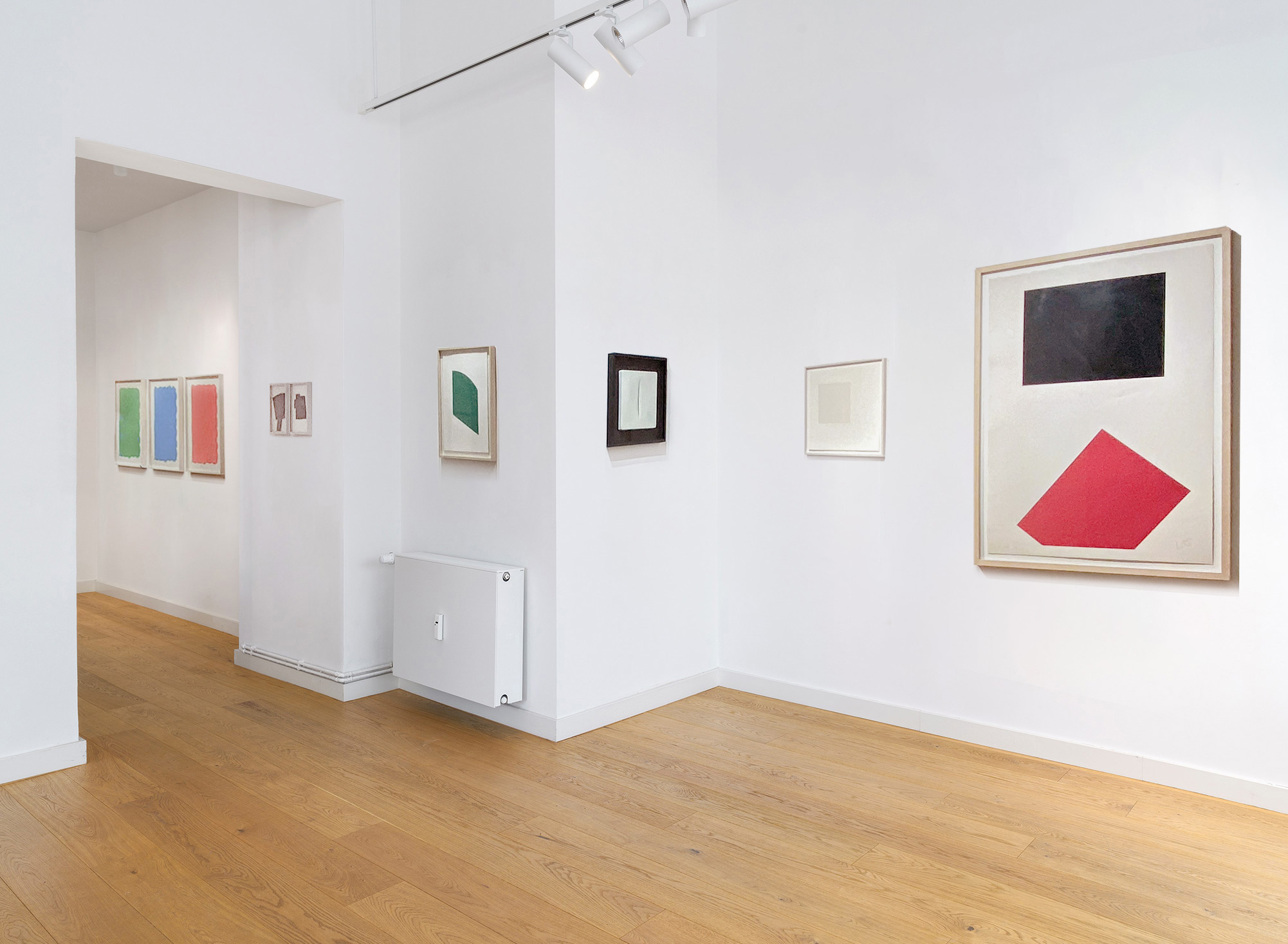
shaping color
9. December 2022 — 16. March 2023
Adolf Luther — Agnes Martin — Elsworth Kelly — Lucio Fontana — Robert Ryman — Leon Polk Smith — Myriam Beltz — Dan Flavin — Victor Bonato — Robert Ryman — Richard Tuttle — Martin Noel
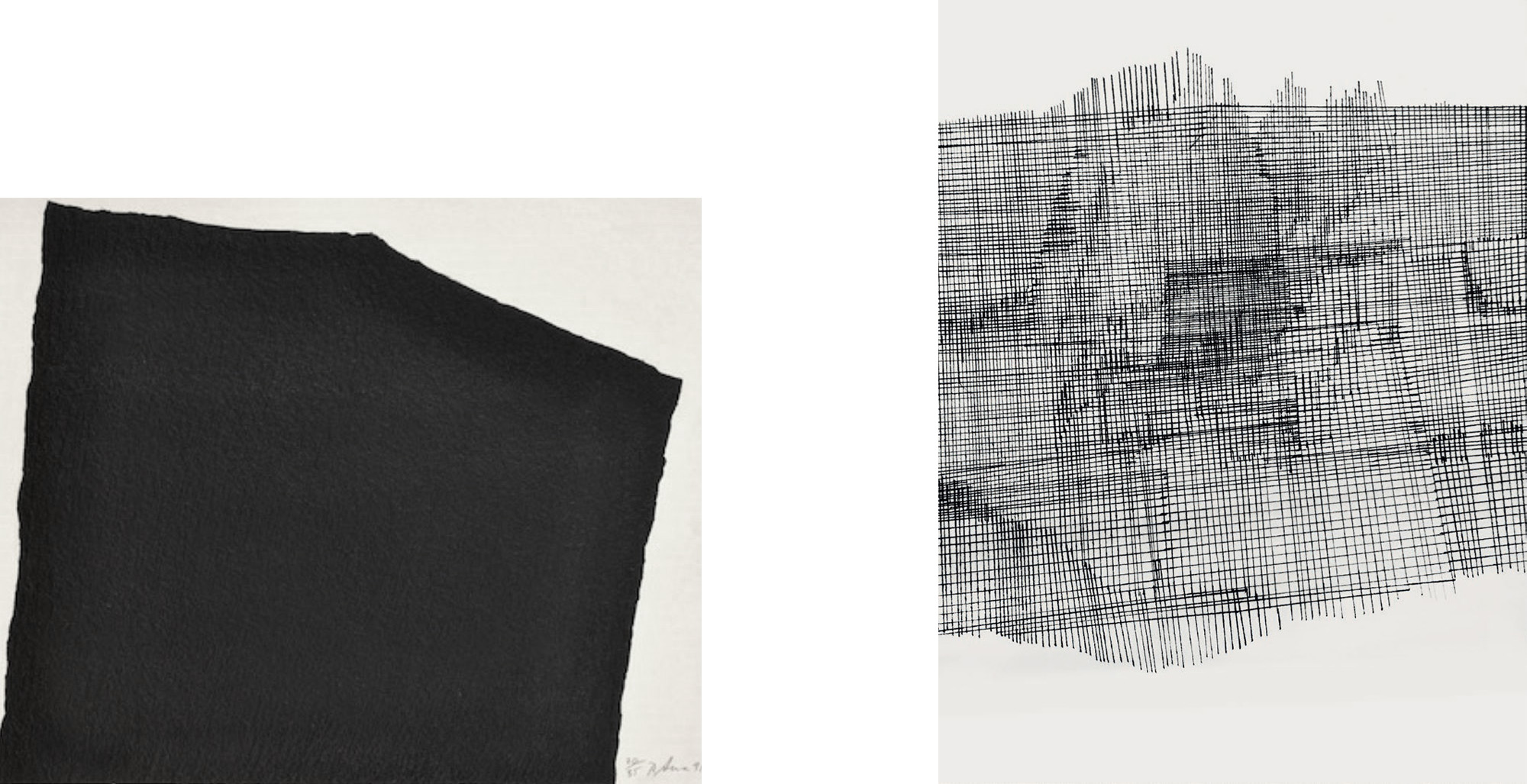
praise
9. September — 3. December 2022
Agnes Martin — Richard Tuttle — Myriam Beltz — Donald Judd — Fred Sandback — Richard Serra — George Rickey — Robert Ryman — Dan Flavin
The group exhibition is dedicated to the sublime aesthetics of pure geometric abstraction, presenting US Post-War Minimalism vis-à-vis German contemporary artist Myriam Beltz. The show focuses on serene, highly reductive positions that emphasise the strength and beauty in the physical presence of the artwork itself, while canceling out any noise of excessive representational meaning.
„Mit dem Rücken zur Welt“ – F.A.Z. Rezension vom 15. September 2022
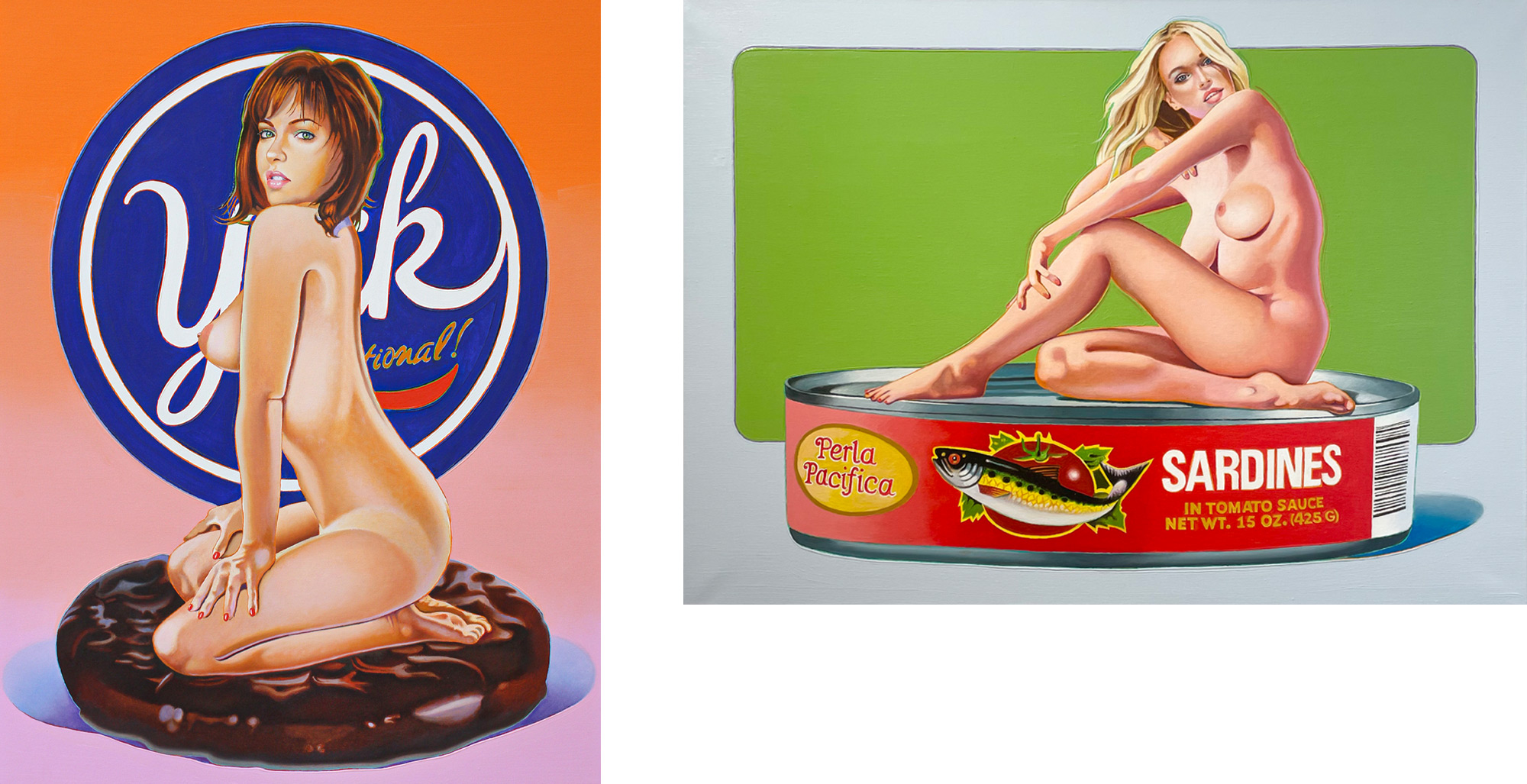
Mel Ramos — 50 Years of Pop
Painting, Drawing, Printmaking
6. Mai — 18. Juni 2022
Die Galerie Siedlarek freut sich sehr, mit „Mel Ramos — 50 Years of Pop“ einen umfassenden Einblick in das Werk des kalifornischen Malers geben zu dürfen, der zu den profiliertesten Protagonisten der amerikanischen Pop Art zählt.
Mitte der 1960er Jahre machte sich Mel Ramos (1935-2018) mit Aktdarstellungen einen Namen, die er aus den Fluten der Kunst- und Konsumbilder schöpft. Sie sind über 5 Dekaden hinweg sein Markenzeichen geblieben: Ganzkörper-Bildnisse von Frauen im erotischen Look von Pin-Up-Girls, die mit mit einer breiten Palette an Produkten der US-amerikanischen Konsumgesellschaft vereint sind. Kalifornische Göttinnen thronen auf Konservendosen, baden in Cocktailgläsern oder erheben sich aus Zigarettenpackungen. Ramos konstruiert surreale Begegnungen zwischen Weiblichkeit und Warenwelt, zwischen High-Art und Low-Art. Seine überhöhten Inszenierungen, profan und erhaben zugleich, sind ästhetischer Zündstoff, der auf das Sehen selbst und die Frage nach der Beschaffenheit von Wirklichkeit und deren künstlerischer Repräsentation abzielt.
Die Ausstellung zeigt Ölgemälde, Zeichnungen, Emaillen und Druckgrafiken des Künstlers aus allen fünf Jahrzehnten seines Schaffens.
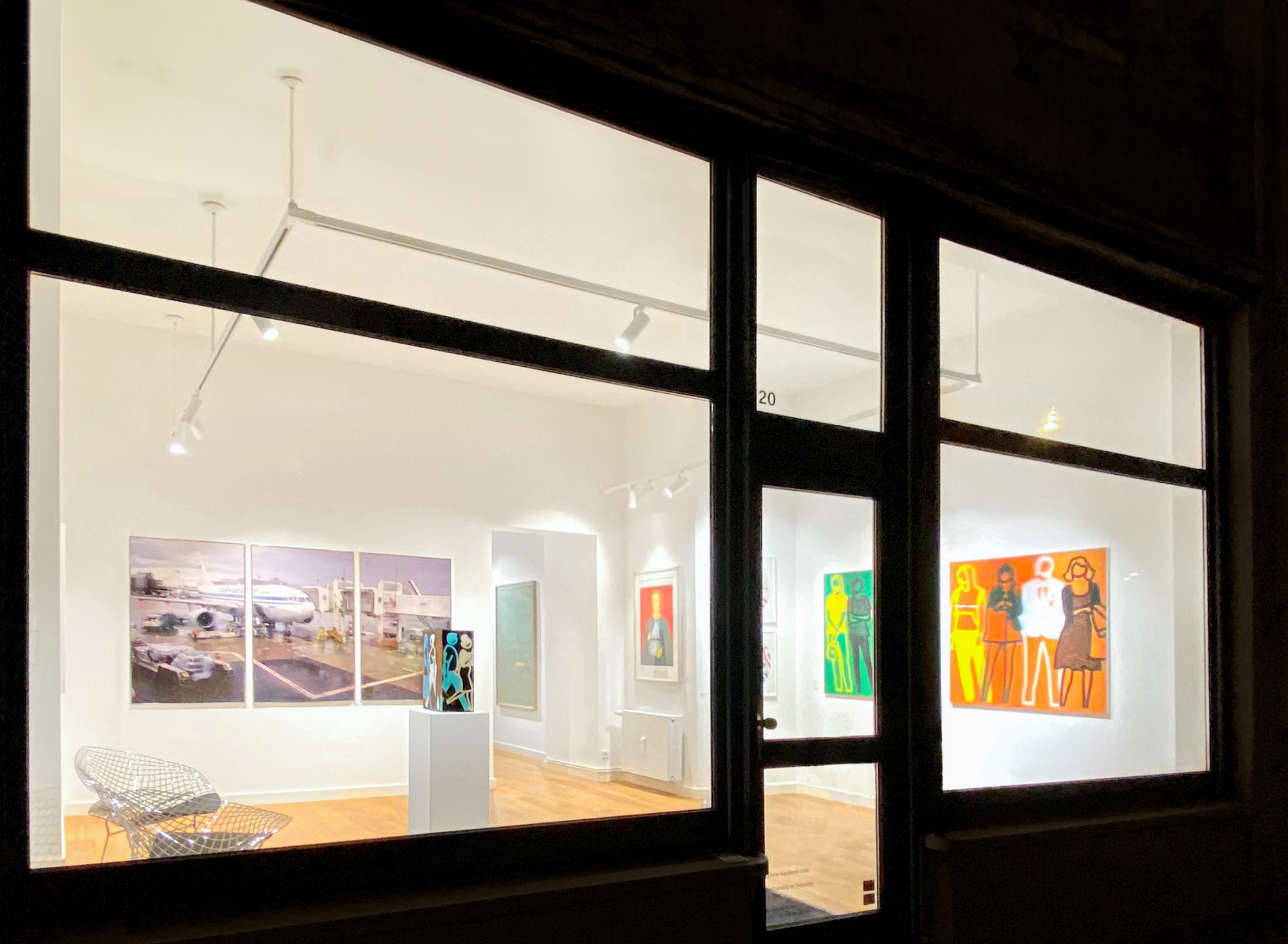
Fine Art Selection
29. Januar — 30. April 2022
Andy Warhol — Julien Opie — Fischli & Weiss — Takashi Murakami — Alex Katz — Damian Hirst — Mel Ramos — Timm Ulrichs — u.a.
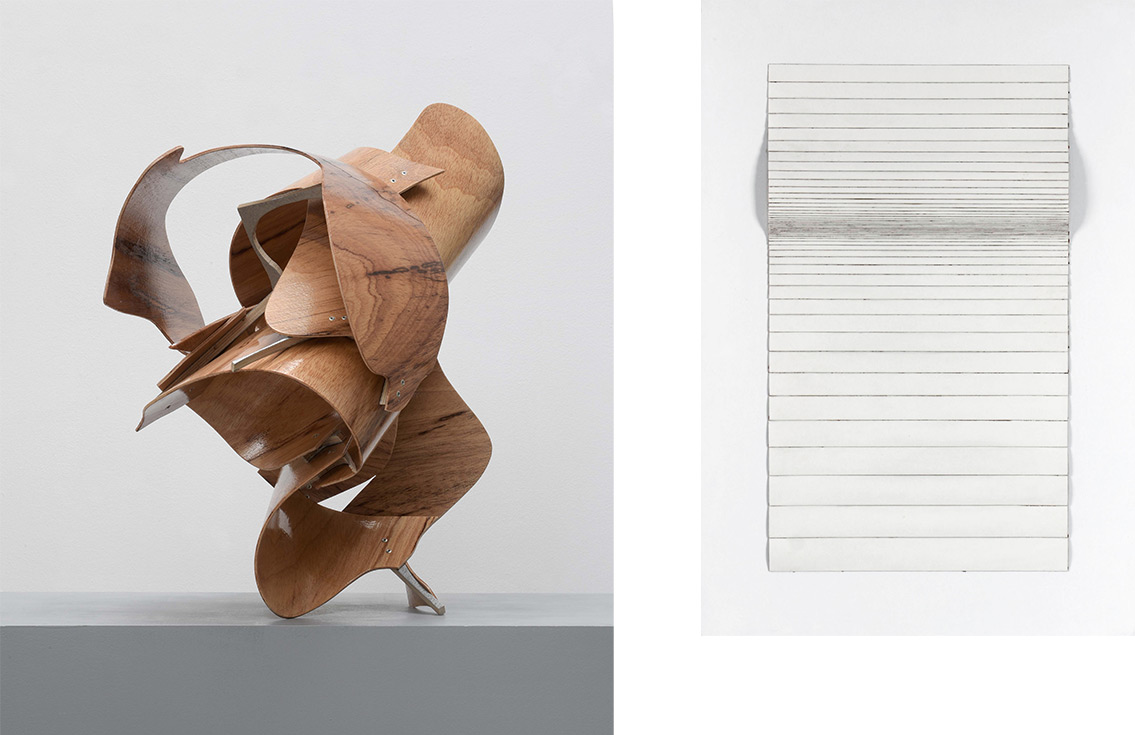
Leo Erb — Michael Dekker
30. Oktober — 31. Dezember 2021
Die Ausstellung widmet sich dem Thema Rhythmus in Raum und Fläche. Gezeigt werden Skulpturen des Bildhauers und Tony Cragg Schülers Michael Dekker (*1983) im spannungsvollen Dialog mit Werken von Leo Erb (1923-2012), einem der prominentesten Vertreter der Konkreten Kunst nach 1945 in Deutschland und documenta 6 Teilnehmer.
Michael Dekker hat Bildhauerei an der Kunstakademie Düsseldorf studiert. Er war Stipendiat der Akademie und der Konrad-Adenauer Stiftung. Dekkers Arbeiten wurden mit wichtigen Preisen ausgezeichnet und werden regelmäßig institutionell ausgestellt. Der Künstler lebt und arbeitet in Wuppertal und Düsseldorf. Detaillierte Informationen zur Vita und zum Werk des Künstlers finden Sie hier.
Eröffnung: Freitag, 29. Oktober, 19 Uhr
Michael Dekker ist anwesend.
Gleichzeitig findet am Abend der Vernissagenrundgang der Galerien Frankfurt Mitte statt.
Exibition View: Leo Erb — Michael Dekker (PDF)
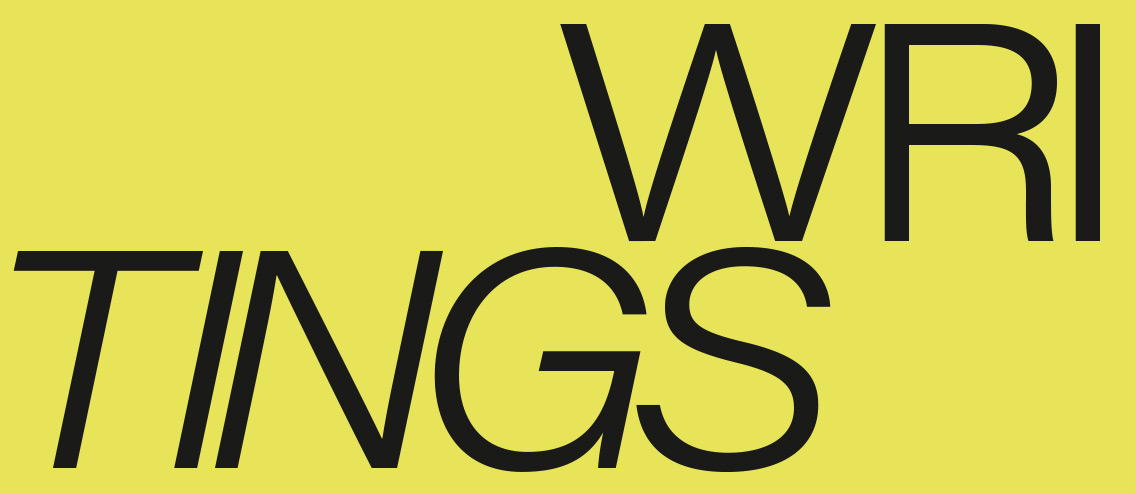
Writings
19. — 24. Oktober 2021
Kurioses zur Verbindung von Kunst und Schrift. Sechstägige Sonderausstellung zur Buchmesse Frankfurt.
Jenny Holzer, Christopher Wool, Albert Watson, Alex Katz, Günther Uecker, Timm Ulrichs, Peter Hutchinson, Ben Vautier, Robert Indiana, u.a.
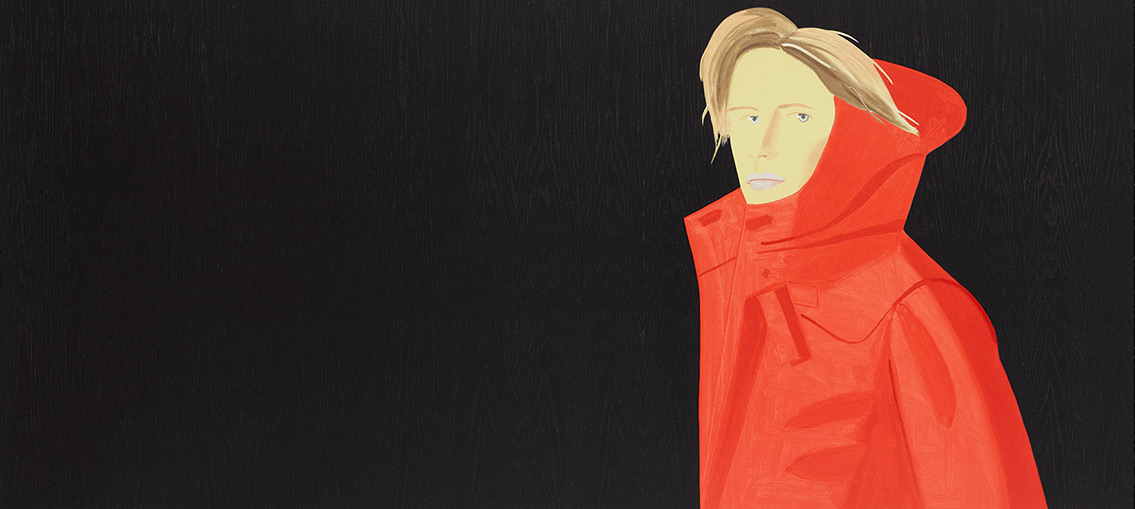
Alex Katz — In the moment
3. September bis 16. Oktober 2021
„The Artist of the Immediate“ — so hat die Financial Times Alex Katz einmal beschrieben. Tatsächlich ist das Suchen und Einfangen von unmittelbaren Augenblicken das große Thema des New Yorker Künstlers (*1927), das sich seit Beginn seiner Karriere wie ein roter Faden durch seine Arbeit zieht.
In den 1950er Jahren, als viele seiner New Yorker Kollegen und Vertreter des Abstrakten Expressionismus die große malerische Geste als ultimativen Ausdruck des künstlerischen Genies propagierten, suchte Alex Katz neue Ausdrucksformen der Figuration. Die Expressionisten richteten das Auge nach innen. Katz hingegen ging nach draußen und fing an seine Umgebung zu beobachteten: Seine Frau Ada, seine Familie, seine Freunde, das New Yorker Stadtleben, die Natur. Aus diesen Beobachtungen ist ein nunmehr 70 Jahre überspannendes Lebenswerk aus Porträts und Landschaften entstanden. (...)